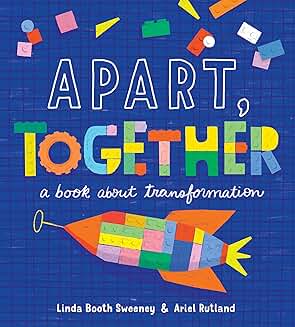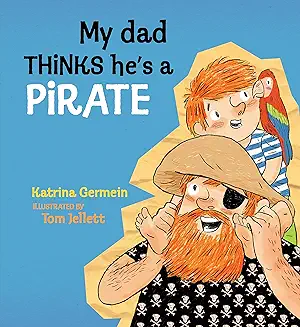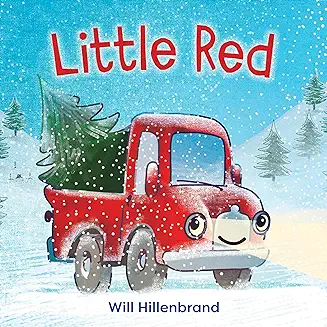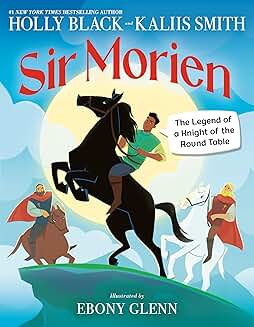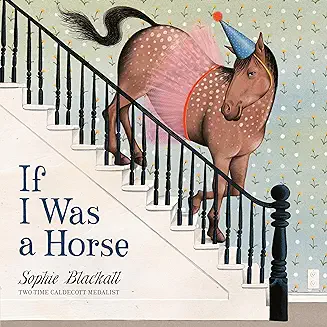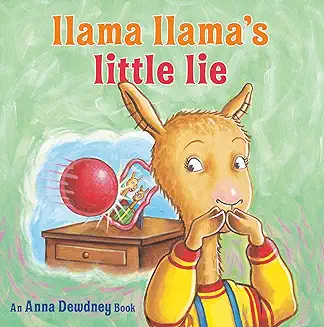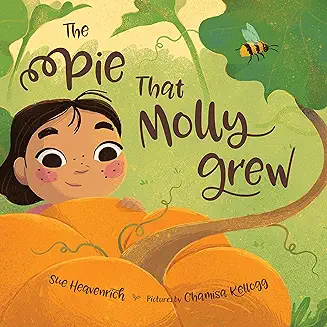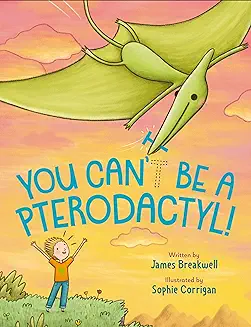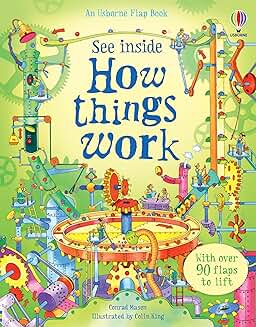
Children from time immemorial have been asking questions and wanting explanations. See Inside How Things Work goes a long way to answering that question about dozens of everyday objects that a child might see. Starting with simple machines such as a cog, wedge, and lever and continuing on through heavy equipment, transportation, music, boating and aircraft, and everyday inventions like locks, this book provides over ninety flaps to lift that explain in detail how each object works in ways a child can understand. For example, this book depicts a crane that “can lift a load as heavy as four elephants.”
Children may always ask questions, but adults may not always know answers. With this book, budding engineers, inventors or builders can discover the answers on their own or with an adult’s guidance. Given the detailed illustrations, it is easy to see a child poring over this book and returning to it again and again. Indeed, it is quite possible a child just might be able to teach adults a thing or two. As part of Usborne’s See Inside series, this book might be the first of many great learning adventures.
(Review originally published on the Seattle Book Review and book donated to The Maltby Food Bank.)

